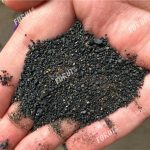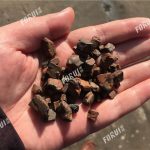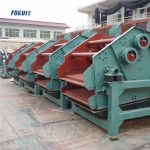Overview
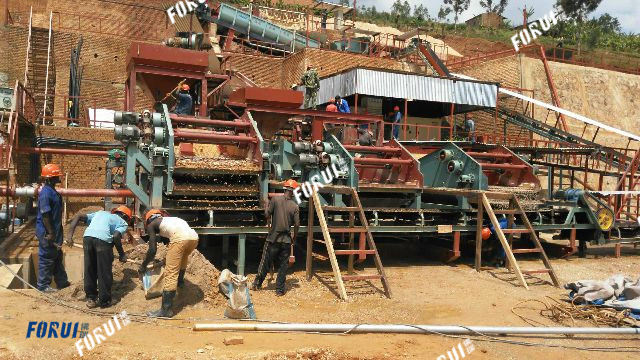
The processing operations of beneficiation products mainly include concentrate dehydration and tailings treatment. Concentrate dehydration usually consists of three stages: concentration, filtration, and drying (sometimes required). Tailings treatment usually includes tailings storage and tailings water treatment.
Concentrate Dehydration
1. Why Dehydrate the Concentrate

Except for operations such as dry crushing, grinding, air classification, dry magnetic separation, and electric separation, most of the mineral processing operations are carried out in the water. Some intermediate products in the beneficiation process, before proceeding to the next step (for example, before the grinding of the coarse concentrate, before the grinding of the medium ore, and before the electric separation of the coarse concentrate, etc.), excess water must be removed.
The water content of the concentrate is one of the standards to measure the quality of the concentrate. The concentrate obtained by wet processing contains a large amount of water, which has a certain impact on the direct use or continued processing (such as smelting) of the concentrate. The moisture in the concentrate will also cause difficulties in transportation and loading and unloading and will increase transportation costs. In areas where water resources are scarce, it is even more necessary to recycle the water in the beneficiation products (concentrates and tailings) in order to reduce the consumption of freshwater.
2. Method of Dehydrating Concentrate
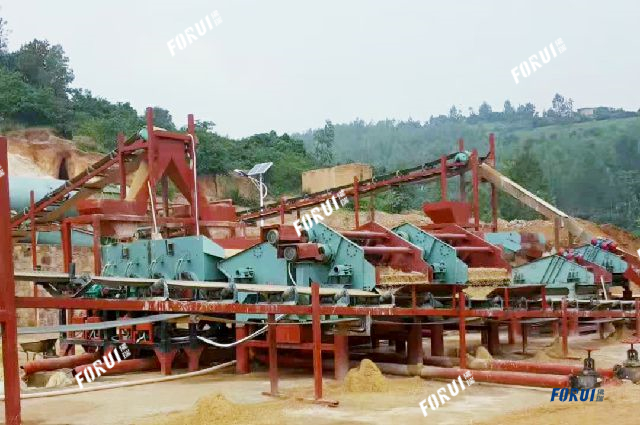
The process of removing water from beneficiation products is called dehydration. The main methods of dehydration are natural drainage, concentration, filtration, and drying.
The dehydration of coarse-grained materials is relatively easy, and natural drainage is generally used, that is, the water is discharged by the gravity action of the water itself. However, for fine-grained materials, using natural drainage will not only slow the dehydration process but also the fine-grained or fine mud materials will be lost with the water. Therefore, the dehydration of fine-grained materials is more complicated and generally needs to be completed in multiple stages.
In general, the dehydration process consists of three steps: concentration, filtration, and drying. But what kind of dehydration step is used for a specific material depends on the nature of the material (for example particle size, magnetism, specific gravity, and pulp viscosity, etc.) and the moisture requirements of the dehydrated product. For example, the first stage of dewatering of the magnetic separation concentrate adopts a magnetic dewatering tank for concentration. If the particle size of the concentrate obtained by gravity beneficiation is relatively coarse, concentration and filtration are not used in most cases. The flotation concentrate generally needs to be concentrated and filtered, and in some cases, it must be dried.
Tailings Treatment
1. Why Deal with Tailings
After the ore is beneficiated, a large number of tailings will be produced, and large-scale concentrators that process lean ore will have more tailings.
The concept of tailings is relative, which usually contains useful components that are not recovered during the beneficiation process. The tailings of flotation plants often contain large amounts of chemicals, some of which are even highly toxic substances. Certain medicines are extremely harmful to the human body or to livestock and farmland. Therefore, in order to comprehensively utilize national resources and eliminate the pollution of tailings to the environment, the concentrator should process and store the tailings produced in a planned way. And it is necessary to strengthen the research on the comprehensive utilization of tailings, turn waste into treasure, and turn harm into profit.
2. Method of Tailings Treatment

Tailings treatment usually includes three aspects: storage of tailings, reuse of tailings, and purification and reuse of tailings water. Due to the different beneficiation methods, the nature of the tailings is also very different, so the tailings treatment methods are also different. The current comprehensive utilization of tailings resources at home and abroad can be summarized as the following methods:
- Use the corresponding beneficiation technology and reasonable process to sweep the tailings, recover the useful components in the tailings to the greatest extent, and further reduce the number of tailings.
- The tailings can be used as filling material in the goaf of underground mining.
- Use tailings as raw materials for building materials: make cement, silicate tailings bricks, concrete, cast stone, refractory materials, glass, ceramsite, concrete aggregates, glass-ceramics, molten slag tiles, foam glass, etc.
- Use tailings to build roads, manufacture non-slip materials, and reclaim land on the coast.
- Covering soil on the tailings dumping site to create land, planting crops, or planting trees for afforestation.
- Store the tailings piles in the tailings pond. This is the tailings treatment method currently widely used in most concentrators.
You may also be interested in the following articles:
- Why Should the Product be Dehydrated in Gravity Beneficiation
- Discussion on Beneficiation Technology of Tantalum-niobium Ore
- Placer Tin/Cassiterite Processing Plant, Gravity Separator of Placer Tin Ore
- Recovering Silico-manganese Alloy from Silico-manganese Smelting Slag
Gongyi Forui Machinery Factory, founded in 1986. We are one of the leading suppliers of beneficiation equipment in Asia. Welcome to visit our company. Gongyi Forui Machinery Factory dedicated to serving you! Don’t hesitate to Contact Us, if you have any questions about beneficiation:
- Whatsapp: +8618026978087
- Email: asa.guo@foruimining.com

